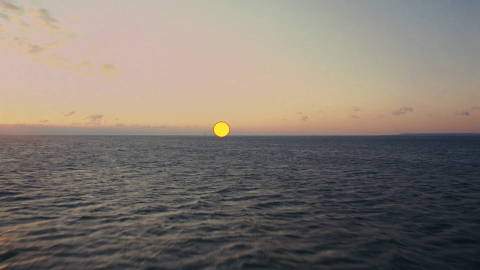I have started writing a very interesting (to me at least) question that was asking how was it possible for Batman to eject from the Bat in time to survive the A-bomb blast. The timeline of the movie seemed to indicate that there wasn't enough options.
In the process of writing, I discovered that my research actually proved that it WAS possible.
So, now I don't know what to do with - seemingly - potentially interesting piece of research.
Post it as a "this could not have have happened, how can we explain it - see the research" question that I originally intended?
Doesn't seem to be a good idea since in fact the research clearly shows that it was possible.
Post it as a random blog entry?
Scrap it and get a life?
Propose it as SFF blog post? (i'm not quite sure if it's worth being on the blog, IMHO).
Other ideas?
Here's my original question so you can help me decide:
Subject: How did Batman possibly escape the A-bomb blast when he clearly had no time?
Here's a sequence of events (all prefixes are movie running time on my player):
[2:28:46] Batman stands near the bomb after Talia's death, discussing the plan and autopilot.
[2:28:47] A frame shows that the bomb has 117 seconds to detonation.

[2:29:26] Batman finishes 2 non-stop conversations (Catwoman and Gordon).
Since they talked, this couldn't have been "slow-motion", so movie-time, the bomb advanced to at least 1:18.
Batman flies. We can't really tell the speed, so it could have been slow-mo, thus we can't rely on the timer in the player; but clearly all that flying would have taken at least 20 seconds in Downtown, given the inertia of the bomb and all the turns he is taking.
[2:30:18] Batman presses the trigger in the cockpit to blow up a building in his path. Right then, Robin starts discussing with the kids how that's batman.
[2:30:25] Robin and the kids finish talking. 7 more seconds passed.
[2:30:30] The Bat is flying towards the bridge, and we see Batman STILL in the cockpit. Then we see The Bat maneuvering, while the kids watch, so still no-slow-mo
[2:30:45] The Bat is finally feet-wet and on straight final trajectory.
[2:30:59] They show Batman STILL piloting. If you count all the time that HAD to have passed so far, the timer is at the very least advanced to 0:35. If you count this last slice since feet-wet, it's 21 seconds left, but we can write that off as slow-motion, so let's stick with 0:35 and pretend that 14 seconds of screen time showing his face and Robin's face were really a single moment in Batman's flight in slo-mo.
- Important - the is the LAST frame where we see Batman still shown piloting The Bat
[2:31:01] At this time, we are shown a frame where a very small Bat is visible. More specifically, it's 8-9 pixels wide in a screen 1920 pixels wide.

[2:31:04] At this time, we are shown a frame where a very small Bat is visible. More specifically, it's 6-7 pixels wide in a screen 1920 pixels wide.
Note: at this point, Batman presumably goes max full speed, and takes 3 seconds of screen time to increase his distance by ~1/2th=12%.
OK, this is where this gets slightly tricky. We know that angular size of the moon is 30 minutes, and that the rule of thumb is that the moon looks like your thumb at the fully extended hand size-wise.
I tried to draw a "correct" sized moon on that same screen, and it came out to ~63 pixels, so 2 pix per angular minute.

This means that, at 2:31:1, we see The Bat at ~4 angular minutes.
Using this nifty calculator, a roughly 2-meter-wide The Bat at 4 minutes is ~1.7 kilometers away.
- at 2:31:04, we see The Bat at 3 angular minutes (6 pixels). That ~2.3 kilometers away; 5 seconds before detonation.
[2:31:05] Then we are shown a "00:05" timer... and while it counts down, BEEPING EACH SECOND, at [2:31:10] we are shown the same bay, but The Bat is NO LONGER visible, so it flew far enough away before timer hit 0:0 to be invisible. This means, <0.5 pixels.
- 0.5 pixels is 1/4 of angular minute, so that would put the Bat before the explosion at LEAST 13.7 km away (to make it less than half a pixel).
The bomb's blast radius is 6 miles, or 10 km.
This means that, had Batman ejected somewhere betweem [2:31:01] and [2:31:04], he would have been more than 10km away from the blast point (13.7-2.7=11km).
